5 Panda Facts
More than just a symbol of conservation, the giant panda also signifies diplomacy between China and other countries. These gentle and clumsy bears are well-loved all over the world. Can’t get enough of pandas? Here are 5 panda facts that will melt your heart.
1. Pandas are actually omnivores
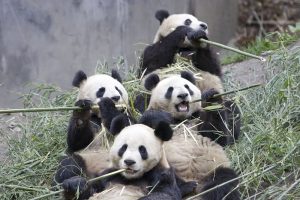
Photo Credit: gardenofeaden.blogspot.com
Although bamboo shoots make up to 99% of their diet, pandas have been known to consume the occasional small animal and fish. It’s amazing how they’ve evolved from a carnivorous animal to almost exclusively eating bamboo shoots. Imagine eating the same food for most of your life – I’d get bored, wouldn’t you?
2. Pandas eat up to 12 to 38kg of bamboo shoots every day
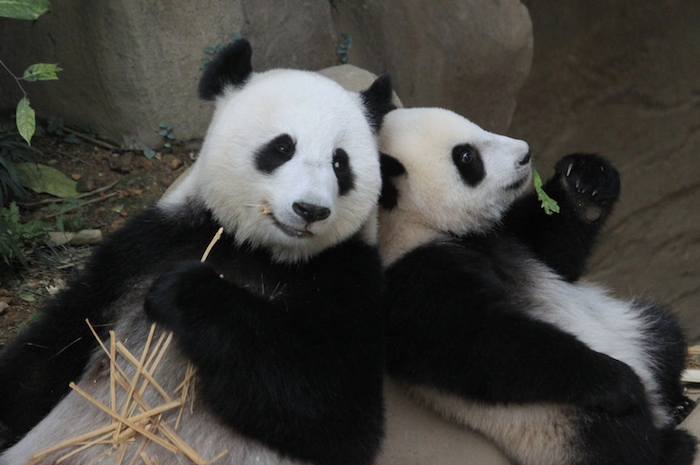
Photo Credit: tripadvisor.com.my
Zoo Negara reports that Xing Xing and Liang Liang themselves consume about 9–20kg of shoots every day. They spend about 12 to 16 hours a day eating. Despite eating so much bamboo, their gut is not equipped to digest these shoots as it doesn’t contain plant-degrading bacteria. It’s because of this, pandas defecate up to 40 times a day.
3. All pandas overseas are on loan from China
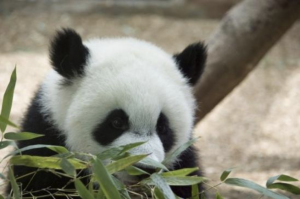
Panda on loan at Zoo Atlanta (Photo Credit: tripadvisor.com)
“Panda diplomacy” dates back to the Tang Dynasty, and is a symbol of diplomacy and friendly ties. Since 1984, China has begun loaning pandas to other nations for 1 million USD. Terms of the loan also include returning any panda cubs to China once they have matured. Based on 2014 figures, there are 49 pandas that live outside China in 18 different countries.
4. Female pandas are only fertile up to 3 days a year
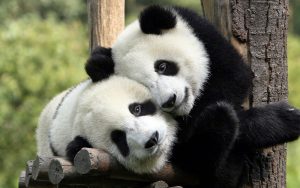
It’s no wonder that Xing Xing and Liang Liang are such a conservation success story. Coupled with the fact that only 40% of male pandas exhibit sexual desire out of their natural habitat, it makes their story even more remarkable. If you want to catch a glimpse of the adorable panda cub in Zoo Negara, be sure to do it before it’s returned to China at 2 years old.
5. Panda cubs weigh around 1/800th of their mother’s weight
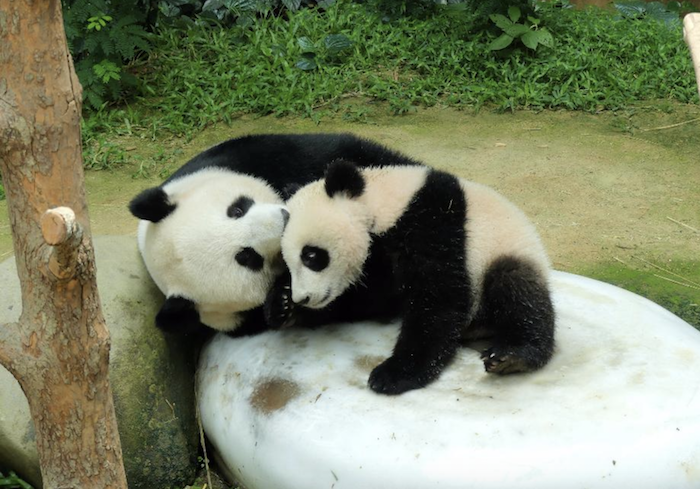
Photo Credit: tripadvisor.com.my
That’s approximately 100 grams! Compare this to a human baby which weighs 1/20th of their mother’s weight. Baby pandas also typically measure around 15cm – such small cubs for a giant bear. At 12 to 18 months, the cubs are ready to venture off on their own and fend for themselves.
Interested in visiting the giant pandas at Zoo Negara? Their viewing time is as follows:
Morning session – 11:00am–12:30pm
Afternoon session – 2:30pm-4:00pm


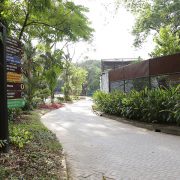
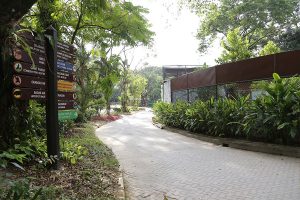
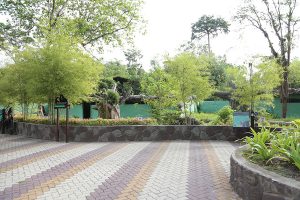
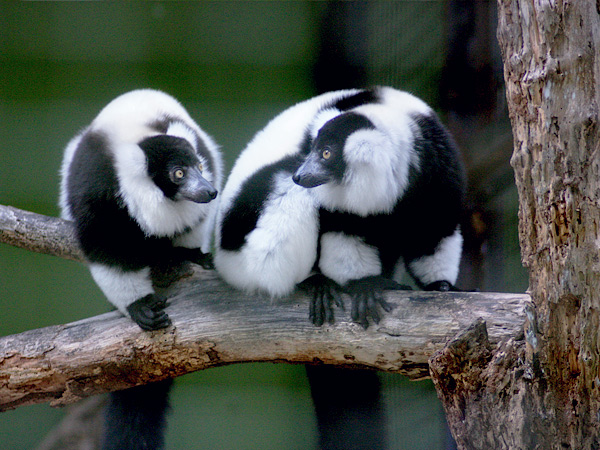
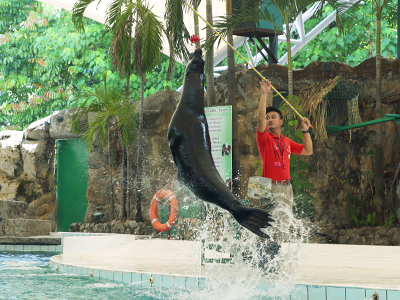
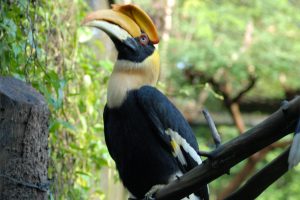
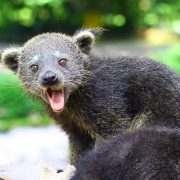
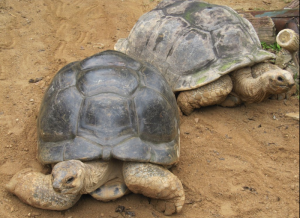


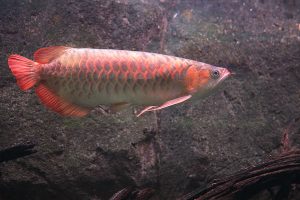

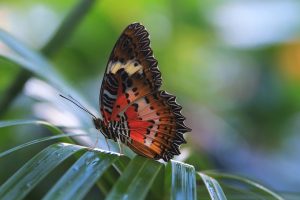
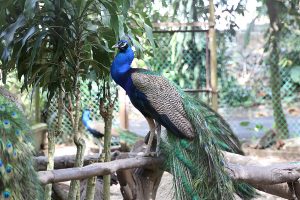


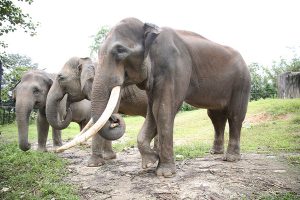
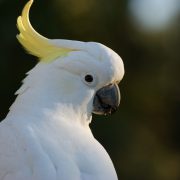


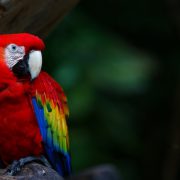
 The Red and Green Macaw (Ara chloropterus), also known as the Green Winged Macaw, is a large, mostly-red macaw of the Ara genus. This is the largest of the Ara genus, widespread in the forests and woodlands of northern and central South America. However, in common with other macaws, in recent years there has been a marked decline in its numbers due to habitat loss and illegal capture for the parrot trade.
The Red and Green Macaw (Ara chloropterus), also known as the Green Winged Macaw, is a large, mostly-red macaw of the Ara genus. This is the largest of the Ara genus, widespread in the forests and woodlands of northern and central South America. However, in common with other macaws, in recent years there has been a marked decline in its numbers due to habitat loss and illegal capture for the parrot trade.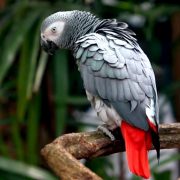

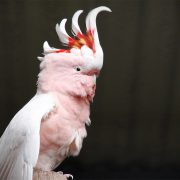
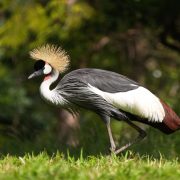
 The Grey Crowned Crane (Balearica regulorum) is a bird in the crane family Gruidae. It is found in eastern and southern Africa, and is the national bird of Uganda. This species and the black-crowned crane are the only cranes that can roost in trees, because of a long hind toe that can grasp branches. This trait is assumed to be an ancestral trait among the cranes, which has been lost in the other subfamily. Crowned cranes also lack a coiled trachea and have loose plumage compared to the other cranes.
The Grey Crowned Crane (Balearica regulorum) is a bird in the crane family Gruidae. It is found in eastern and southern Africa, and is the national bird of Uganda. This species and the black-crowned crane are the only cranes that can roost in trees, because of a long hind toe that can grasp branches. This trait is assumed to be an ancestral trait among the cranes, which has been lost in the other subfamily. Crowned cranes also lack a coiled trachea and have loose plumage compared to the other cranes.
